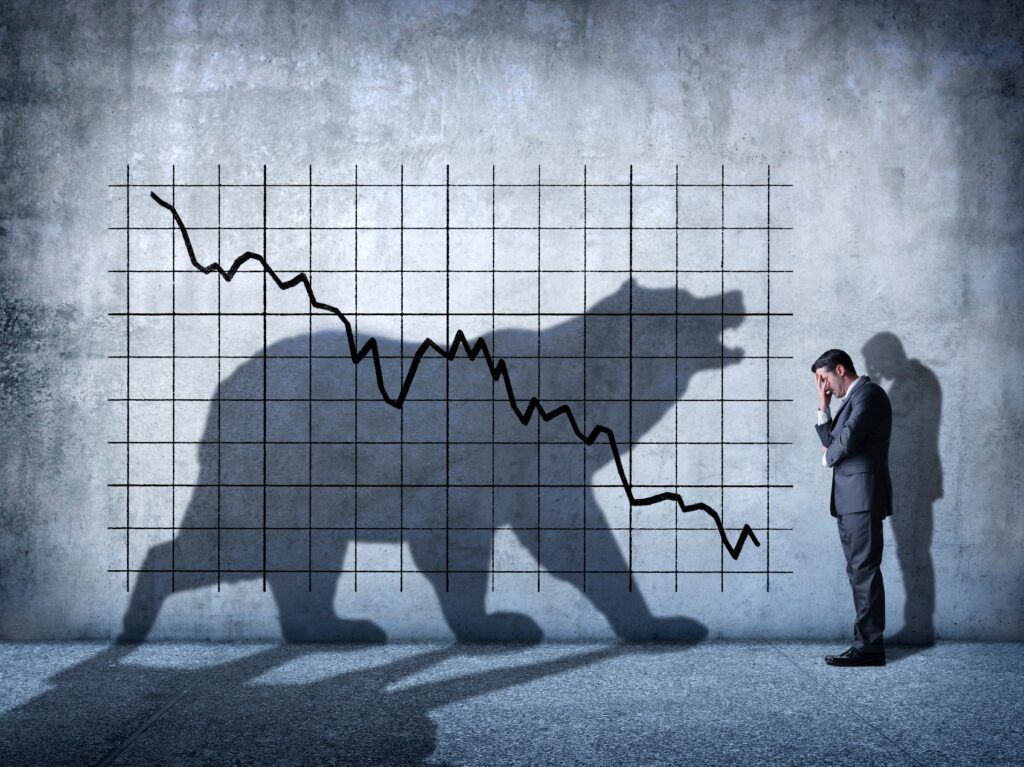Bull vs Bear market: What Investors Should Know

The financial world can be a daunting place, especially for those unfamiliar with the terminology used in it. One of the most crucial concepts to grasp is the difference between the bull and bear market, as it can directly affect your investment assets and the dividends you receive.
Moreover, the COVID-19 pandemic has left many individuals, both small and large institutional investors, concerned about the state of the world economy. With high inflation rates, skyrocketing fuel prices, and food shortages, it's no surprise that people are eager to understand what's happening.
The stock market volatility has also been on the rise, with the US stocks entering a bear market on June 13th, 2022, as recorded by the S&P 500 after a 21% decline.
In this article, we aim to demystify the meanings behind bull and bear markets, their characteristics, and their impact on you as an investor or a potential investor. So, buckle up and keep reading to become a savvy investor!
Key Takeaways
- A bull market is a time when investors become optimistic and stock prices are rising. In contrast, a bear market is a time when stock prices fall 20% or more from a recent high.
- The characteristics of a bull market include high demand for securities, positive investor psychology, a boost in economic activity, stock market performance, lower unemployment rate, inflation, and interest rates.
- The characteristics of a bear market include low demand for securities, negative investor psychology, decline in economic activity, and higher unemployment rates.
- The COVID-19 pandemic in 2020 caused a rare occurrence where the market underwent both a bear and bull market in quick succession, with the shortest bear market in S&P 500 history lasting only 33 days.
Disclaimer
The contents of this article are for educational purposes only. They are not intended to be a source of professional financial advice. You will find experts on financial planning, financial management, and real estate here. More on disclaimers here.
Where Did The Terms "Bull" & "Bear" Market Originate From?
:max_bytes(150000):strip_icc()/stock_market_shutterstock_548860252-5bfc319cc9e77c0058782876.jpg)
Have you ever wondered why the terms "bull" and "bear" are used to describe the stock market? These terms have been in use for centuries in financial markets, and they actually have roots in the behavior of the animals themselves.
The bull attacks its target by thrusting its horns in the air, while the bear attacks from the side and strikes its claws down. These two analogies have come to signify the rise or fall of prices in the stock market.
A bull market refers to a market condition when it is rising or expected to rise, while a bear market refers to a market condition when it is declining or expected to decline.
The first recorded use of the term "bull" with reference to the stock market was made in 1769 on the London Stock Exchange, while "bear" was first used eight years later in 1787. It's fascinating to see how the behavior of these animals has come to define the financial markets we know today.
Bear versus Bull Market
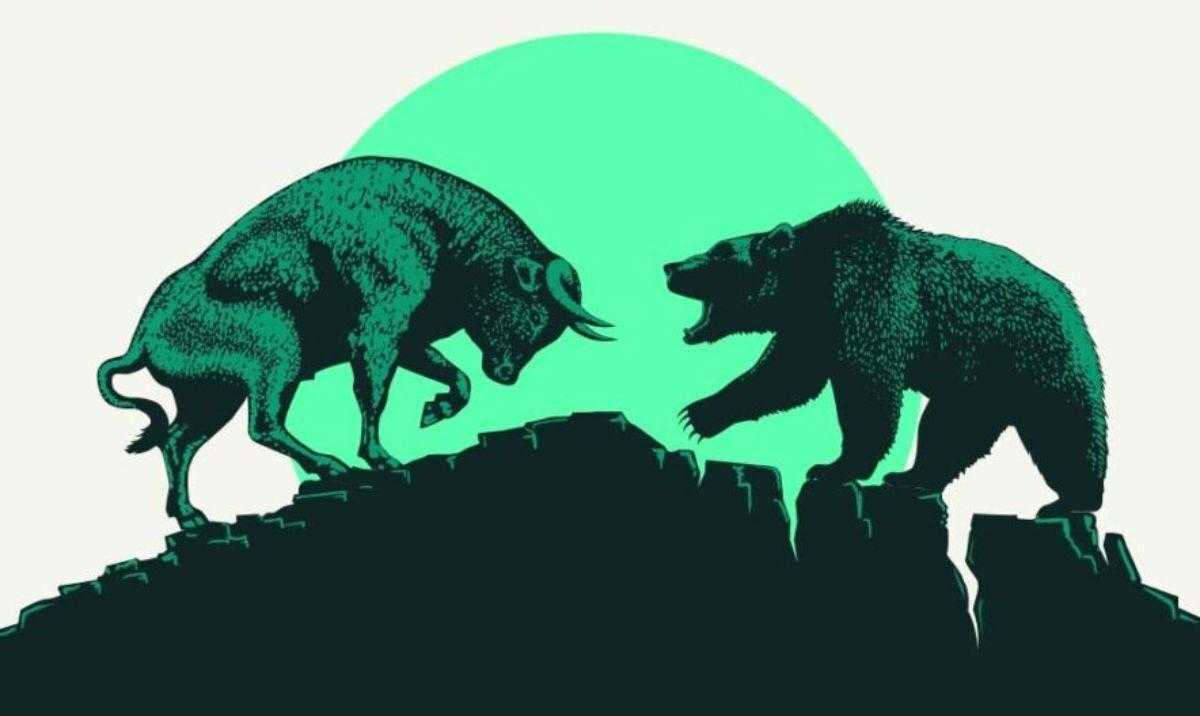
A bull market is more than just a technicality in finance, it's an electrifying time when investors become optimistic about the economy, stock prices are rising, and everything seems to be going up.
During a bull market, investors become more confident and may have greater expectations about future profits. When stock prices rise steadily without dropping for more than 20% from the previous 52-week high, it is considered a bull market.
In contrast, a bear market is a gloomy time for investors as stock prices have fallen 20% or more from a recent high. During a bear market, investors tend to become anxious, sell off stocks, and hold onto cash. Bear markets can last for several months or even years and can be very extreme, as evidenced by the 83% drop in stock prices during the Great Depression.
However, the COVID-19 pandemic in 2020 caused a rare occurrence where the market underwent both a bear and bull market in quick succession, with the shortest bear market in S&P 500 history lasting only 33 days. Knowing the difference between a bull and bear market can help investors make more informed decisions about their portfolios.
Characteristics of Bull and Bear Markets
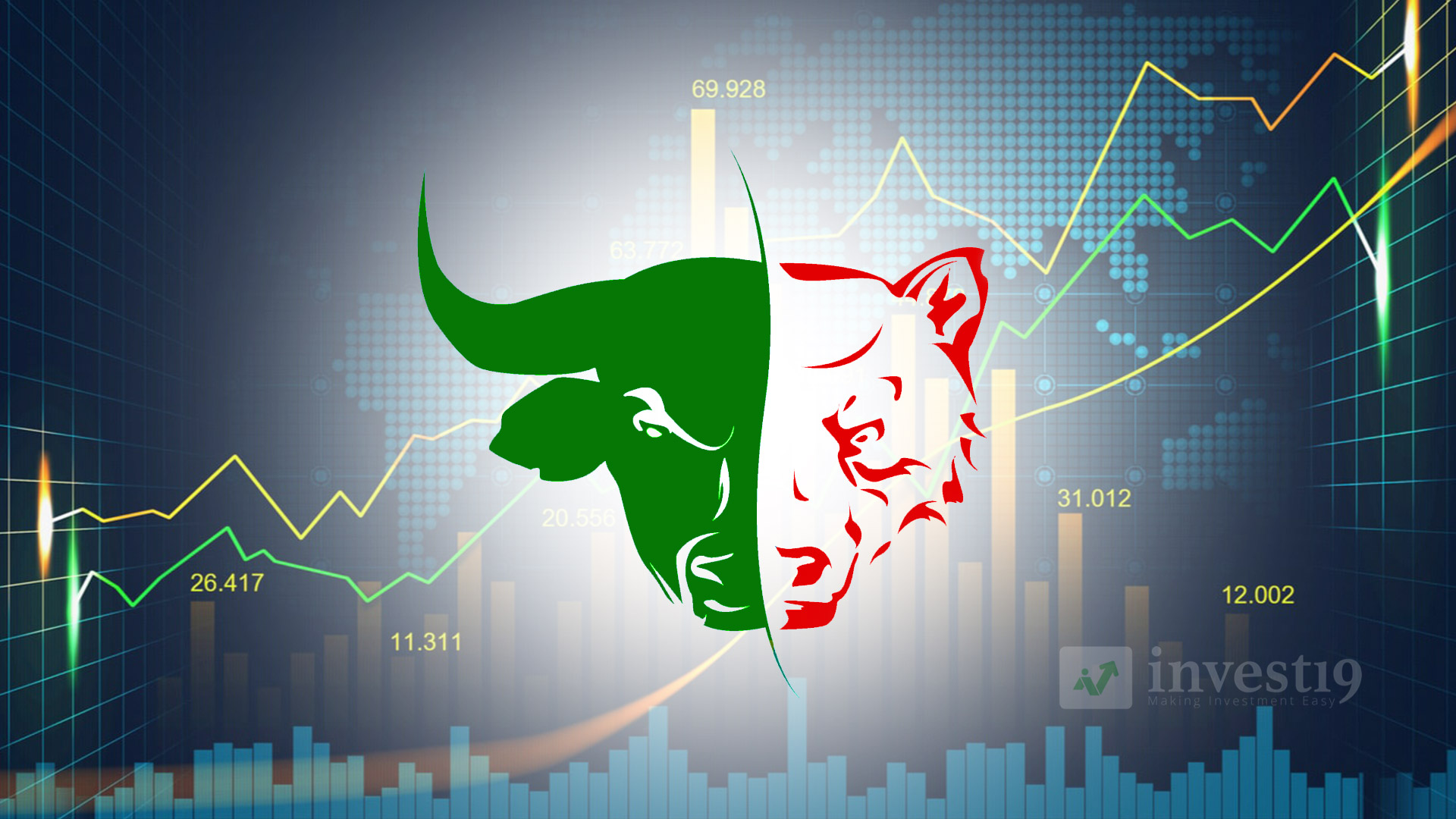
Although the Bull and Bear markets are mainly characterized by the rising or falling of stock prices, there are other significant characteristics that investors should know about.
Characteristics Of A Bull Market
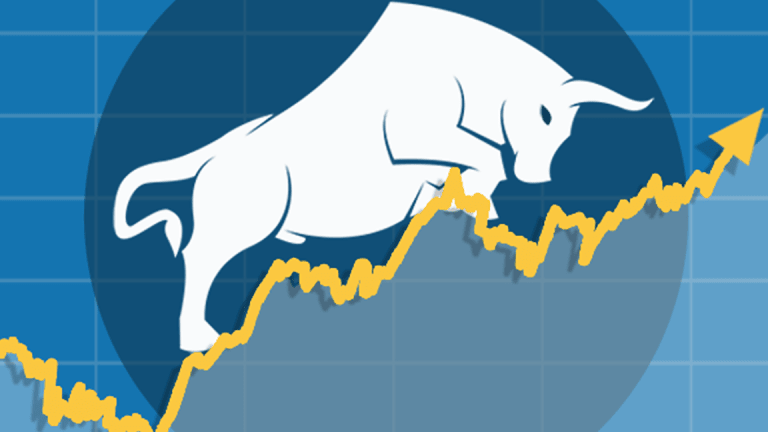
Supply and Demand for Securities
In a bull market, the demand for securities is high. This is because many investors are willing to buy securities but few of them are willing to sell them. This usually leads to higher share prices as investors compete for equity that's available.
Investor Psychology
The behavior of the market is largely impacted by how people perceive the state of the stock market, and also how they react to the changes that occur.
In a bull market, investors are willing to participate because there is hope of making profits, based on how the market is performing.
For sure, investor psychology and performance of the stock market are mutually dependent.
Boost In Economic Activity
In a Bull market, individuals are bound to make profits at the end of the day. As a result, they have more money and are willing to spend it. This drives and boosts the growth of the economy.
This in turn usually leads to a rise in the GDP.
Stock market performance
The prices of stocks are usually going up and gaining value in a bull market. This leads to an increase in trading activity which results in higher profits.
Unemployment rate changes
The rate of unemployment is lower in a Bull market as businesses in such economies are expanding and hiring new employees.
Rate of inflation
In a bull market, inflation may go up because people's spending power is up and also because of high demand for products and services.
Interest Rates
Lower interests often characterize a bull market. This in turn makes it more affordable for businesses to borrow money and scale their operations.
Characteristics Of A Bear Market
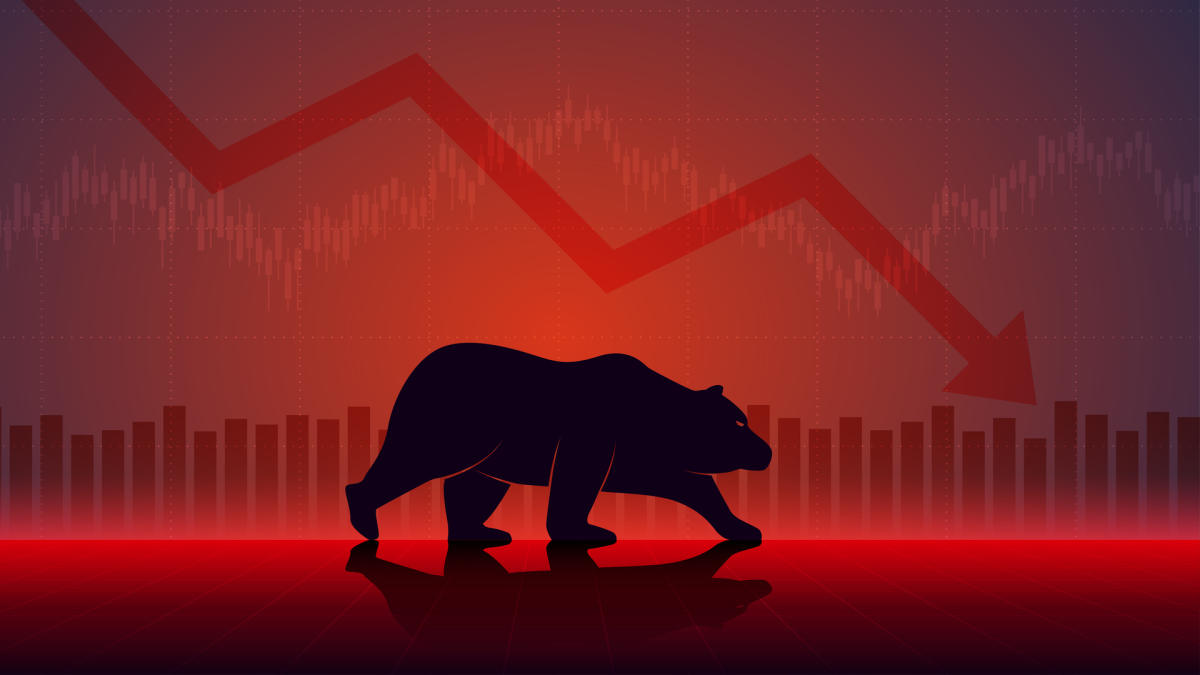
Supply and Demand for Securities
When a bear market occurs, the demand for securities is low. That means that more people are looking to sell rather than buy. Due to the low demand, the price of shares drops.
Investor Psychology
The perception and sentiments of investors in a bear market are negative. As a result, investors start moving their money into fixed-income securities as they wait for the stock market to move in a positive direction.
When stock prices fall, the investors' confidence is low.
Decline in Economic Activity
Businesses whose stocks are trading on the exchanges form part of the greater economy. That means that the stock market and economy are very much interconnected.
In a weak economy, many businesses don't record great profits as the spending power of consumers is low. A decline in profits affects the market value of stocks.
It is important to note that economic recessions and depressions are usually linked to bear markets.
Stock market performance
Declining stock prices are usually linked to a bear market. As a result, there is decreased trading activity which makes the stock market loses value.
Unemployment rate changes
A rise in the unemployment rate is linked with bear markets. This is because businesses in such an economy are not thriving and so there is reduced revenue. This translates to companies hiring fewer people or letting go of others.
Rate of inflation
The rate of inflation in a bear market is often low because of low demand in the market. However, inflation in a bear market can still occur. Case in point, the rate of inflation in the U.S. is at an all time high of 9.1% due to factors like the COVID-19 pandemic and Russia Ukraine war.
Prevailing interest rates
High interest rates are linked to bear markets. This makes it harder for companies to scale as the cost of accessing loans is now higher.
How should you invest in a bull vs. bear market?
Investing in a Bull Market
When it comes to investing in bull markets, there are a few key strategies that can help you maximize your returns.
One approach is to invest in growth stocks, which have a high potential for success due to their strong business prospects. By focusing on companies with solid fundamentals and long-term growth potential, you can position yourself for significant gains in a bull market.
Another important factor to consider is diversification, both in terms of geography and asset classes. By spreading your investments across different regions and types of assets, you can mitigate risk and take advantage of bull markets in other parts of the world.
Finally, with inflation rates on the rise, it may be wise to allocate a portion of your portfolio to assets such as real estate, which can provide a hedge against inflation and deliver strong returns over the long term.
By following these strategies, you can position yourself to thrive in a bull market and achieve your financial goals.
Investing in a Bear Market
Investing in the stock market can be a rollercoaster ride, and when a bear market hits, it can be tough to keep it cool. But there are strategies you can use to navigate the dips and come out on top.
One such strategy is investing in value stocks, which are companies that are believed to be undervalued by the market. These types of stocks tend to perform better during a bear market, making them a wise choice for investors looking to weather the storm.
Another strategy is to have a long-term investment plan that includes a diversified portfolio that allocates more of your investments towards bonds or cash.
Although it may be tempting to sell your stocks in a bear market, having a long-term investment strategy can help you stay the course and ride out the temporary market conditions, allowing you to potentially gain more value over time.
Go Long-term!
Investing is a critical aspect of building wealth and securing financial freedom. A sound investment strategy can help you achieve your long-term financial goals and objectives. With the right mindset and approach, you can harness the power of the stock market and achieve your financial dreams.
It's essential to approach investing with a level head and avoid letting emotions dictate your decisions. Do your due diligence, assess your risk tolerance, and seek professional guidance to navigate the stock market successfully.
Remember, investing in the stock market has historically yielded positive results for long-term investors. So, start investing today and reap the rewards of a secure financial future tomorrow. Contact our team of qualified financial advisors today to get started on your investment journey.
Bay Street Capital Holdings

Bay Street Capital Holdings is an independent investment advisory, wealth management, and financial planning firm headquartered in Palo Alto, CA. They manage portfolios with the goal of maintaining and increasing total assets and income with a high priority on managing total risk and volatility. Although many advisors may focus on maximizing returns, they place a higher priority on managing total risk and volatility.
Our founder, William Huston founded Bay Street after 13 years of supporting the United States' largest retirement plan ($650B) Thrift Savings Plan. He is recognized as Investopedia’s Top 100 Financial Advisors for 2021. In California, only two black-owned firms out of nineteen firms received this recognition.
In Scottsdale Arizona, Ekenna Anya-Gafu CFP, AAMS is recognized among the Best Financial Advisors for his responsiveness, friendliness, helpfulness, and detail. Bay Street was founded to advocate for diverse and emerging fund managers and entrepreneurs. In 2021, Bay Street was selected as a finalist out of over 900 firms across the US in the category of Asset Manager for Corporate Social Responsibility (CSR).
Sources
https://www.forbes.com/advisor/in/investing/bull-vs-bear-market-whats-the-difference/
https://capital.com/bull-market-vs-bear-market
https://www.cnbc.com/select/bear-vs-bull-market/
https://www.nasdaq.com/articles/what-is-a-bear-market-vs.-bull-market


